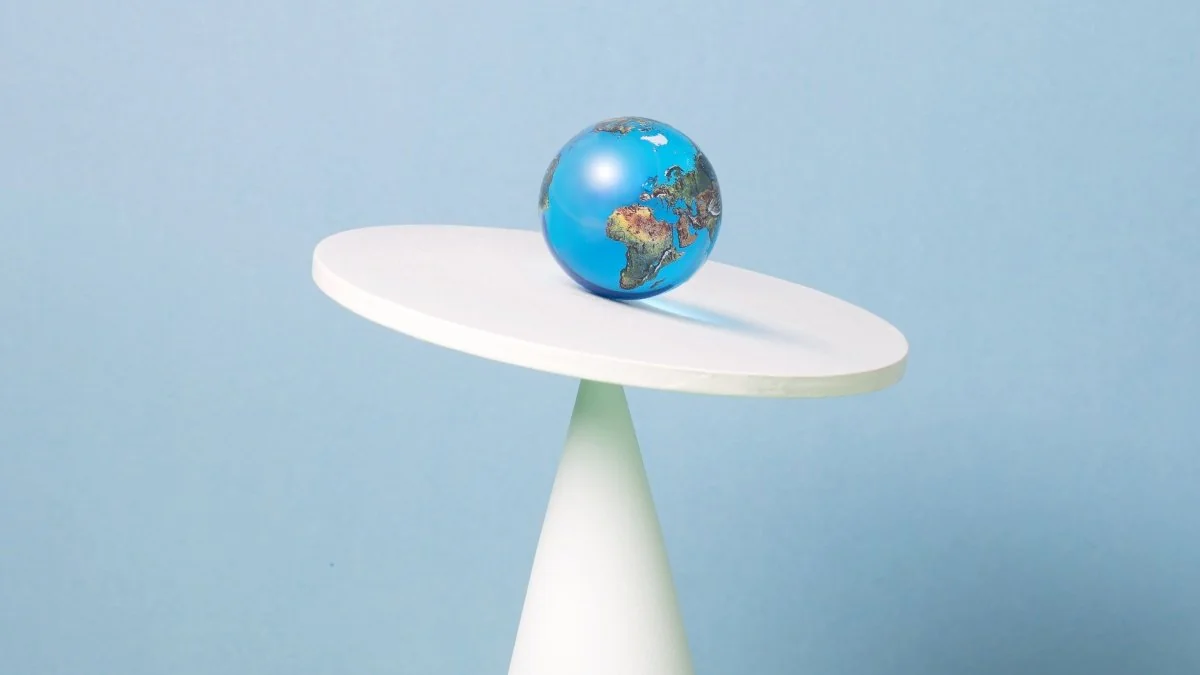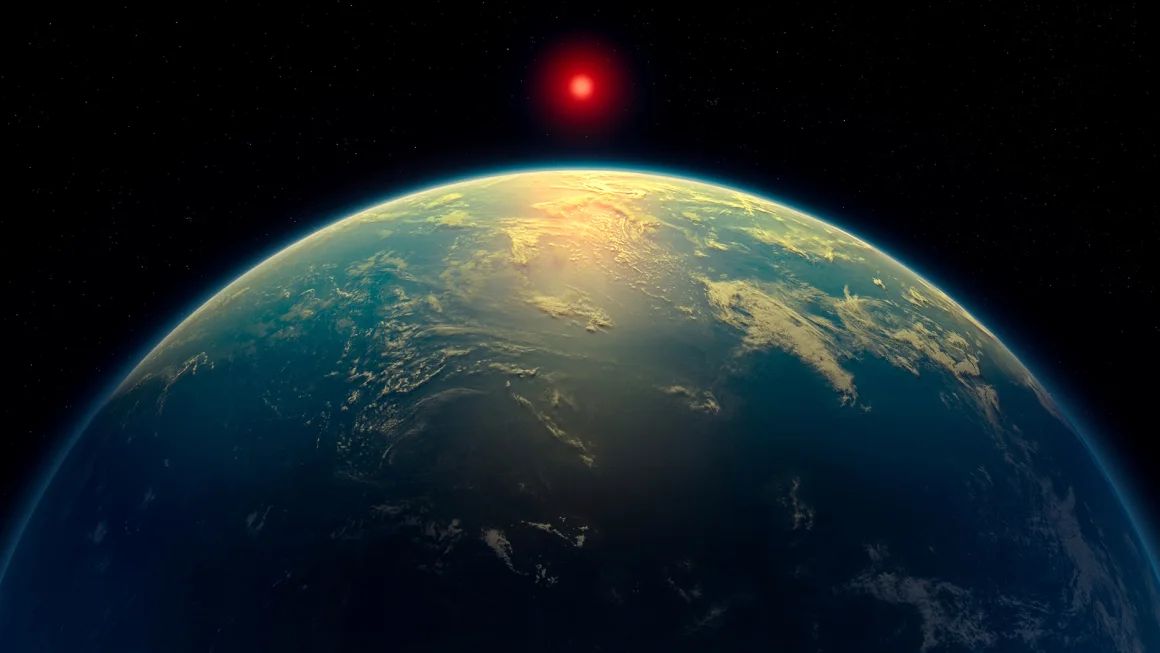- When humans pump groundwater, it significantly affects the Earth’s rotation.
- Groundwater pumping is also documented to have a significant influence on climate change, as shown by a recent study.
- Understanding this relatively recent data might offer a clearer understanding of how to effectively combat sea-level rise.
Water has power. So much power, in fact, that pumping Earth’s groundwater can change the planet’s tilt and rotation. It can also impact sea-level rise and other consequences of climate change.
Pumping groundwater appears to have a greater consequence than ever previously thought. But now—thanks to a study published in the journal Geophysical Research Letters—we can see that, in less than two decades, Earth has tilted 31.5 inches as a result of pumping groundwater. This equates to.24 inches of sea level rise.
“Earth’s rotational pole actually changes a lot,” Ki-Weon Seo, a geophysicist at Seoul National University and study lead, says in a statement. “Our study shows that among climate-related causes, the redistribution of groundwater actually has the largest impact on the drift of the rotational pole.”
With the Earth moving on a rotational pole, the distribution of water on the planet impacts distribution of mass. “Like adding a tiny bit of weight to a spinning top,” authors say, “the Earth spins a little differently as water is moved around.”
NASA research published in 2016 alerted us to the fact that the distribution of water can change the Earth’s rotation. This study in Geophysical Research Letters attempts to add some hard figures to that realization. “I’m very glad to find the unexplained cause of the rotation pole drift,” Seo says. “On the other hand, as a resident of Earth and a father, I’m concerned and surprised to see that pumping groundwater is another source of sea-level rise.”
The study included data from 1993 through 2010, and showed that the pumping of as much as 2,150 gigatons of groundwater has caused a change in the Earth’s tilt of roughly 31.5 inches. The pumping is largely for irrigation and human use, with the groundwater eventually relocating to the oceans.
In the study, researchers modeled observed changes in the drift of Earth’s rotational pole and the movement of water. Across varying scenarios, the only model that matched the drift was one that included 2,150 gigatons of groundwater distribution.
Surendra Adhikari, a research scientist at NASA’s Jet Propulsion Laboratory who was involved in the 2016 study, says the additional research is important. “They’ve quantified the role of groundwater pumping on polar motion,” he says in a news release, “and it’s pretty significant.”
Where the water moves from—and to—matters. Redistributing water from the midlatitudes makes the biggest difference, so our intense water movement from both western North America and
northwestern India have played a key role in the tilt changes.
Now that the impact of water movement is known for such a short—and relatively recent—time, digging through historical data may help show trends and provide greater depth to the understanding of groundwater movement effects.
“Observing changes in Earth’s rotational pole is useful,” Seo says, “for understanding continent-scale water storage variations.”


